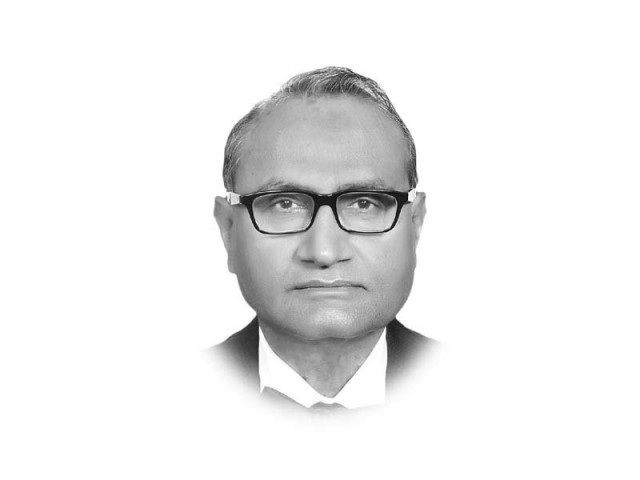The system continues to move forward
The Senate is a symbol of federation, democratic continuity and inter-provincial equity

pervez.tahir@tribune.com.pk
A case in point is the money-makes-the-mare-go strategy pursued by the two main opposition parties in the Senate elections. In addition to the usual suspects of Fata and Balochistan due to the small size of the respective electoral colleges, the recent election witnessed horse-trading in the other three provincial assemblies. Both the horses and the traders were politicians. It is, however, for the first time that the outcry is not just from the public and media, but also from the political leadership. Only they can build the consensus to reform the system. The Senate is a symbol of federation, democratic continuity and inter-provincial equity. Moving beyond the symbolic does require reform, beginning with the mode of election. The solution coming out from across the political spectrum and opinion leaders is to rush from indirect to direct election. This is not as simple as it looks. For example, a single constituency of the Senate in Punjab will cover an average of 10 National Assembly constituencies or twice that number of provincial assembly constituencies. Apart from being unwieldy, the huge mandate will be disproportionate to the powers enjoyed by the Senate. There will be a clash of interests between the National Assembly members and the Senators in the constituency politics. As a council of elders and experts, the Senate ought to be above pork barrel conflicts. It has to act as a balancing force against the tyranny of majority in the lower house. A simple solution would be to add another defection clause in Article 63A of the Constitution regarding voting in the Senate election. This will require voting by show of hands. On their part, the political parties should avoid nomination of the otherwise electable politicians and gather a group of seniors and experts even on the general and reserved seats for women and minorities.
The system continues to move forward. The next milestone is the presentation and approval of the budget by the outgoing parliament, followed by the caretakers, elections and the installation of whoever wins. Let’s keep our fingers crossed.
Published in The Express Tribune, March 9th, 2018.
Like Opinion & Editorial on Facebook, follow @ETOpEd on Twitter to receive all updates on all our daily pieces.














COMMENTS
Comments are moderated and generally will be posted if they are on-topic and not abusive.
For more information, please see our Comments FAQ